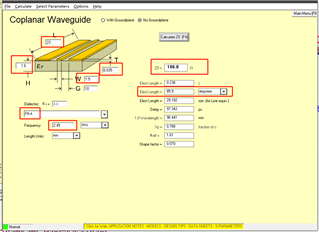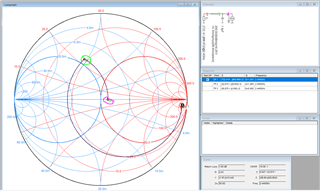Hey,
We are trying to design a PCB antenna and checking in the nwp_008 white paper.
In the nwp_008, it is saying,
The antenna is fabricated on a standard 1.6mm FR4 substrate material with a typical dielectric
constant er of 4.4 at 2.45GHz.
The width of the monopole trace is W = 1.5mm. The wavelength in free air is l0 = 122mm. It
may be approximated that the guided wavelength lg on the FR4 substrate is about
lg ˜ 0.75 · l0 = 0.75 · 122mm ˜ 92mm
The approximate, physical length of a printed quarterwave monopole antenna is then
L = 92mm / 4 = 23mm
But I made a calculation using the software AppCAD, and found out if I layout the antenna following above paramters(FR-4, 1.6mm thickness, 1.5mm antenna width and 1oz copper), the antenna impedance will be 186ohm. (Below picture)

In another document nRF52840_PS_v1.1, chapter7.3.13, it says the antenna needs to be 50ohm.
I'd like to follow the nwp_008 and it seems making sense to me, but just need to double confirm if I did something wrong above.
Thanks,
Vincent



